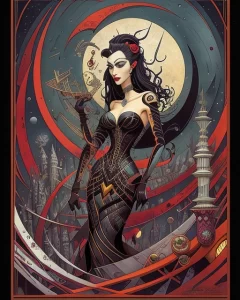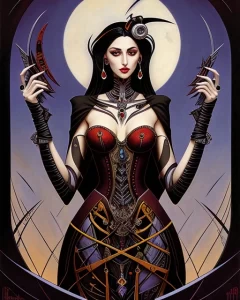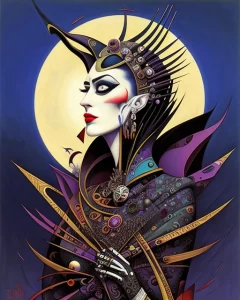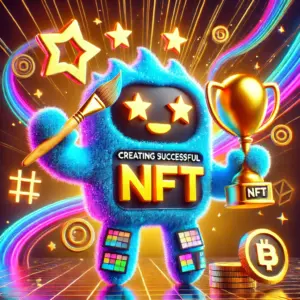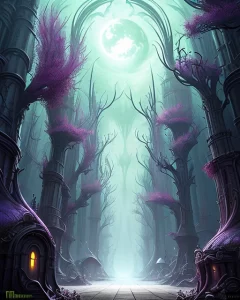In the realm of blockchain technology, NFTs, or non-fungible tokens, have emerged as a transformative force, revolutionizing the way we perceive and interact with digital assets. These unique tokens, akin to digital certificates of ownership, have captured the imagination of the world, sparking a surge of innovation and creativity. But who are the masterminds behind this revolutionary technology?
Kevin McCoy: Pioneering the Concept of NFTs
The genesis of NFTs can be traced back to 2014, when Kevin McCoy, an artist and digital media pioneer, unveiled his brainchild, “Quantum.” This digital artwork, a rotating spiral, marked a pivotal moment in the history of NFTs, demonstrating the potential of blockchain technology to provide provenance and ownership verification for digital assets. McCoy’s vision laid the foundation for further exploration and development in the NFT space.
Anil Dash: Collaborating on Digital Ownership
Anil Dash, a prominent technologist and writer, partnered with McCoy in the creation of “Quantum.” Dash’s expertise in digital rights management and blockchain technology proved instrumental in bringing McCoy’s vision to life. Their collaboration established a collaborative approach to NFT innovation, setting the stage for future endeavors.
Meni Rosenfeld: Paving the Way for Colored Coins
In the early stages of NFT development, Meni Rosenfeld, a computer scientist and cryptographer, played a crucial role in shaping the concept of colored coins. His pioneering work introduced the idea of embedding digital assets on the Bitcoin blockchain, laying the groundwork for the development of more advanced token standards like ERC-721, which became the foundation for modern NFTs.
The Ethereum Blockchain: A Catalyst for NFT Adoption
While initial NFT experiments were conducted on various blockchains, it was the Ethereum blockchain that truly catapulted NFTs into the mainstream. The introduction of the ERC-721 token standard in 2017 provided a standardized framework for creating and managing NFTs, making them more accessible and user-friendly. This paved the way for the explosive growth of NFTs in the following years.
The NFT Landscape Today: A Tapestry of Innovation
Today, the NFT landscape is a vibrant ecosystem, encompassing a wide range of applications, from digital art and collectibles to gaming, music, and even real estate. The technology is constantly evolving, with new standards and protocols emerging to address evolving needs and expand its potential.
The groundbreaking work of McCoy, Dash, Rosenfeld, and others has laid the foundation for a transformative technology that is poised to reshape the digital landscape. As NFTs continue to gain traction, their impact will extend beyond the realm of digital assets, influencing industries from finance to fashion and beyond. The story of NFTs is a testament to the ingenuity and creativity of human minds, forever changing the way we perceive and interact with digital ownership.

